The Netflix brand of unglamorous production design has swept like a plague through contemporary filmmaking. GONE WITH THE WIND are the lushly peach pink palettes coordinated by Technicolor tycoon Natalie Kalmus, or the incredulously fabulous wardrobes of penniless ‘30s shop girls. To take an example at random, the otherwise superbly orchestrated BABYLON (2022) was soaked in a putrid, mustardy colour. As if the tiniest ounce of elegance was to corrupt the film’s frenzied confabulation of Fatty-Arbuckle-era Hollywood, Margot Robbie was also presumably bribed into competing against the Goldwyn Girls for rattiest curly wig ever worn.
Perhaps I would not bother to denounce how stylistically unsophisticated movies have become unless *I* saw a pattern that did concern me — namely, the favouring of naturalism amongst independent filmmakers. Thus, as the Myra Breckinridge of coastal Peru (RIP Raquel Welch!) who takes it upon herself to make the ⭐ pizzazz ⭐ of Forties films fashionable again, I pen this semi-manifesto in the hopes of encouraging fellow lady directors to welcome in the values of eccentricity, of artifice, of high camp… as opposed to uncritically settling for dull, lifelike imagery that turns rusty real fast.
I.
Not to try to enforce a glamorous Hays Code, BUT…
The anti-Beauty-in-the-art-direction sentiment appears most prevalent among seriouso types of moviemakers, i.e. those who aim for the highest spots on the arthouse roster, but who are substantially indistinguishable from their film festival counterparts. In their world-weary, pseudopolitical stance against Depression-level forms of spectacle & ornament, they may…
Artifice, by way of costumes & décor, isn’t acknowledged as the magician’s tool to embellish and to heighten but misconstrued as a fluffy mechanism for the dumbing of the masses. Bitten by the reactionary bug, they imbue their projects with low-lighting, muddy true-to-life locations and desaturated color palettes. What is left is cultivated blandness concealed as cleverness; slovenliness adopted as praxis.
And while not every motion picture, especially a lowbudget & purportedly ‘serious’ one, is bound to be a reprise of chic classics like THE WOMEN (1939), or its garishly glossy remake, THE OPPOSITE SEX (1956) (although *that* would be utopic, ngl), it is *telling* that even Michelangelo Antonioni, whose uneventful L’AVVENTURA (1960) spawned the kind of lazy auteur I am scrutinizing today, worked well beyond half-tints & unstaged sets. The pop-abstractionism of his dazzlingly hip critique of swinging London BLOW-UP (1966) was a marvel to behold — and, for a production «Made At MGM British Studios», it was economically so. Thus, I’d argue that the olive-green insipidness that has afflicted so many of our moviemaker °virtuosos° should NOT be strictly attributed to budget constrictions insofar as it also results from little exposure to old, better-looking pictures.
Now, I would certainly *not* be as bitter about naturalism unless I hadn’t observed with my bare eyes how the peppy film school lady with the Buñuel/Demy/Akerman frame of reference appears progressively prone to aesthetic sloppiness.
There comes to mind an instagram mutual, a fellow female filmmaker who not long ago completed a very promising short film. Suffice it to say that her coquettishly curated moodboard, full of girly-girl furniture, strawberry yoghurt pinks & nods to Sofia Coppola’s suburban whimsicality, got severely lost in translation. Blue-greys and dimly-lit sets ultimately overpowered her ethereal vision of pastel hues & frothy interiors, and the project turned out like another desensualized work wherein lifelike ugliness abounds.
In view of the aforementioned catastrophe, I would argue that when the art direction of an independent movie by a legitimately cool woman feels improvised or stale, it is likely that self-restraint was at play — the byproduct of a director *not* devoting due attention to exploring their own visual pleasures, and/or of fearing that the sublime imagery they respond to on an aesthetic sense is too “unattainable” to be reclaimed.
I see this way too often with local lady filmmakers who stand giddily transfixed by the swanky, fuchsia potpourri of ‘60s Catherine Deneuve musicals, or the mid-century mint greens of vintage French feminist films, but to whom it would never occur that replicating said eye-candy *is* somewhat doable, and that it would, 9 times out of 10, EVEN in the crudest of screenplays, thoroughly enhance the allure of their picture.
So, what’s a moviemaker lady to do? How to #bringbeautyback to the movies without the resources of a Folies-Bergère revue?
II.
🪩 Style IS Substance 🪩 So don’t go for second best, baby
Assorted suggestions + art direction inspiration!
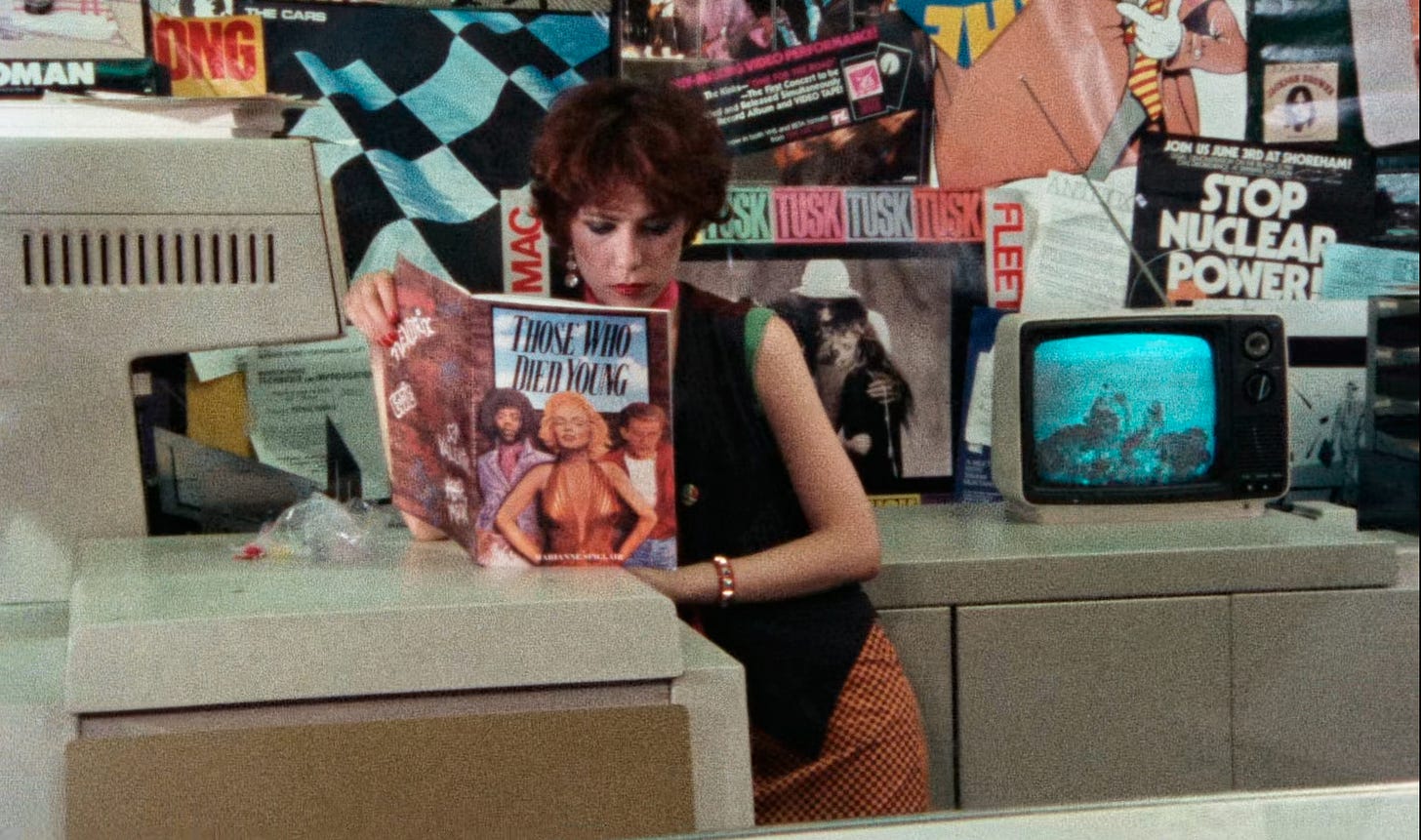
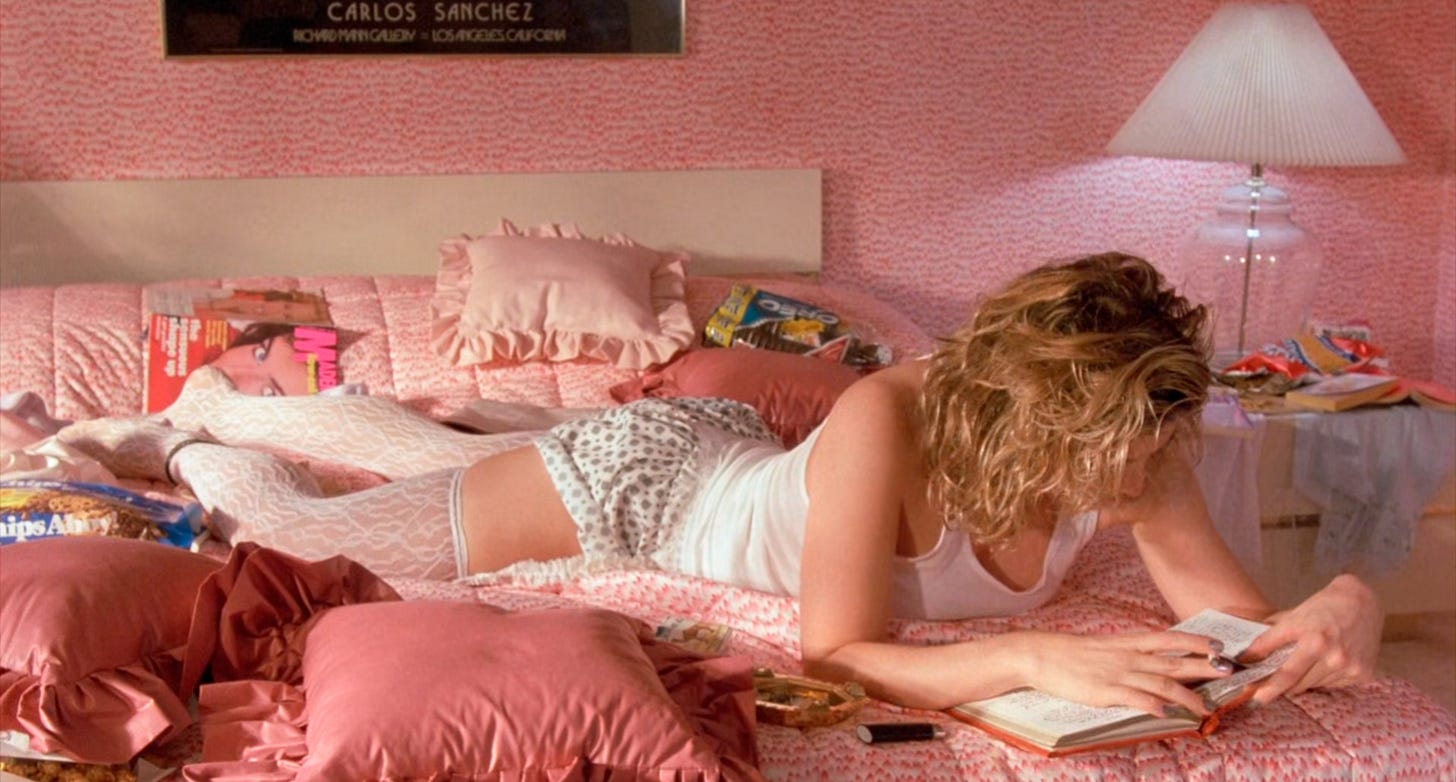
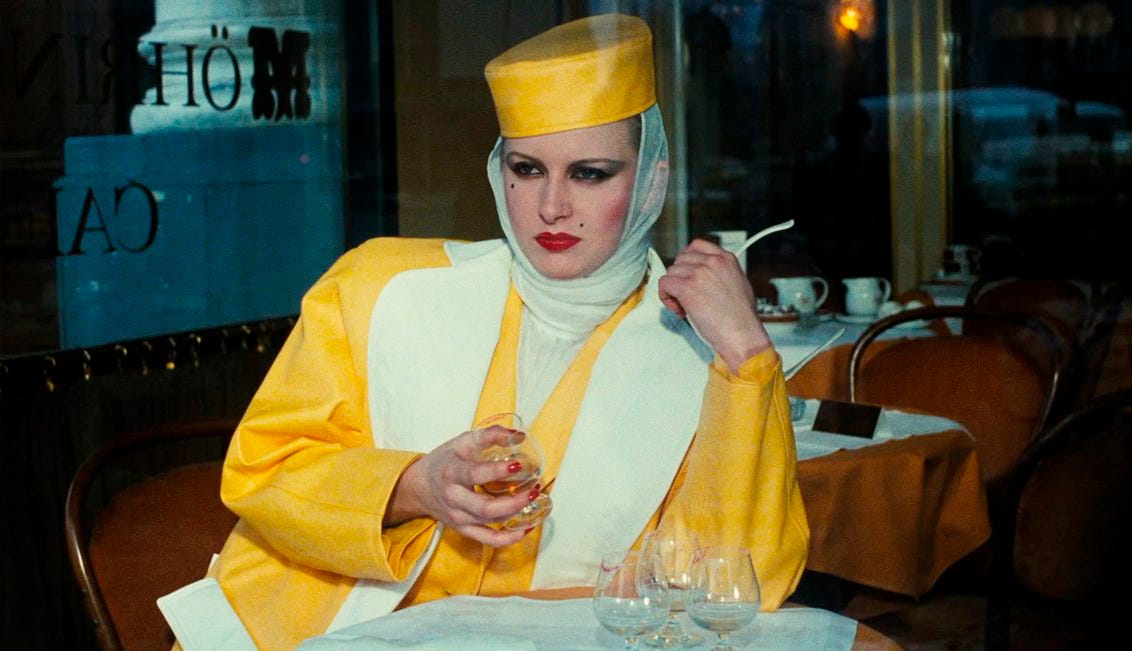
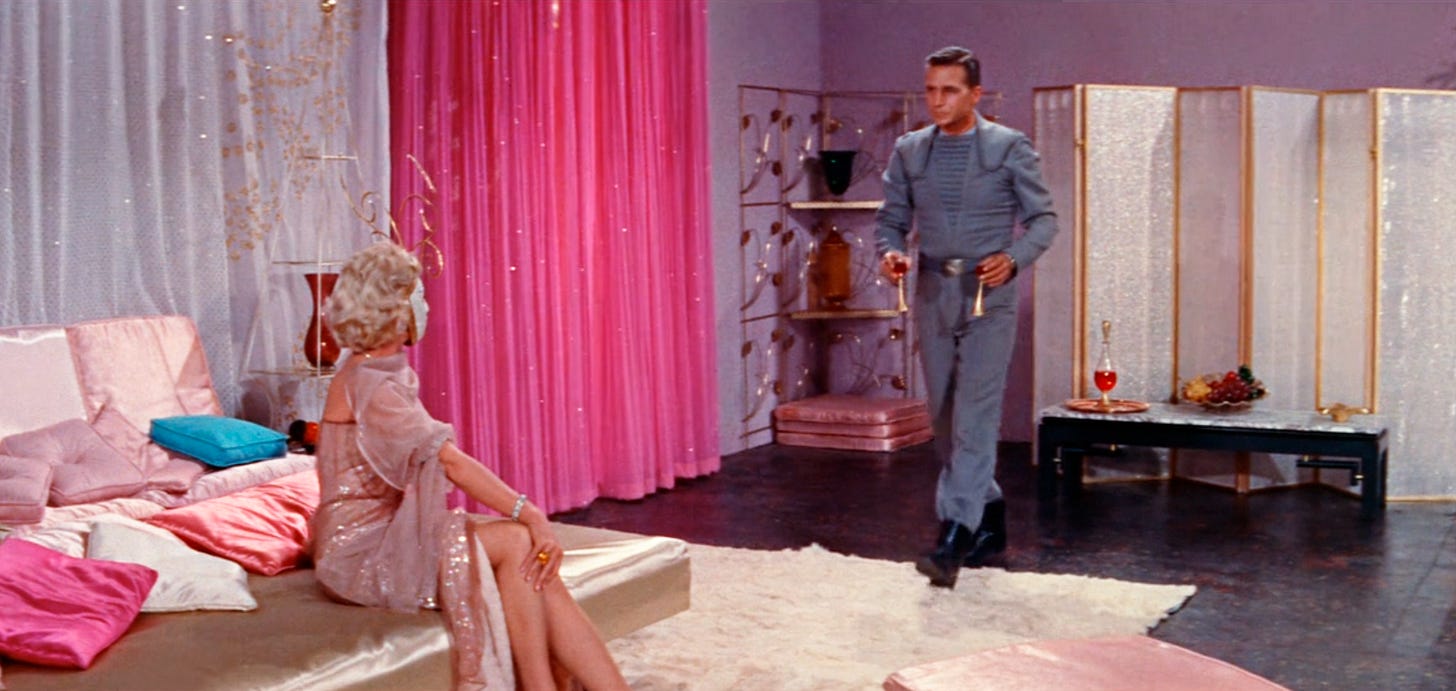

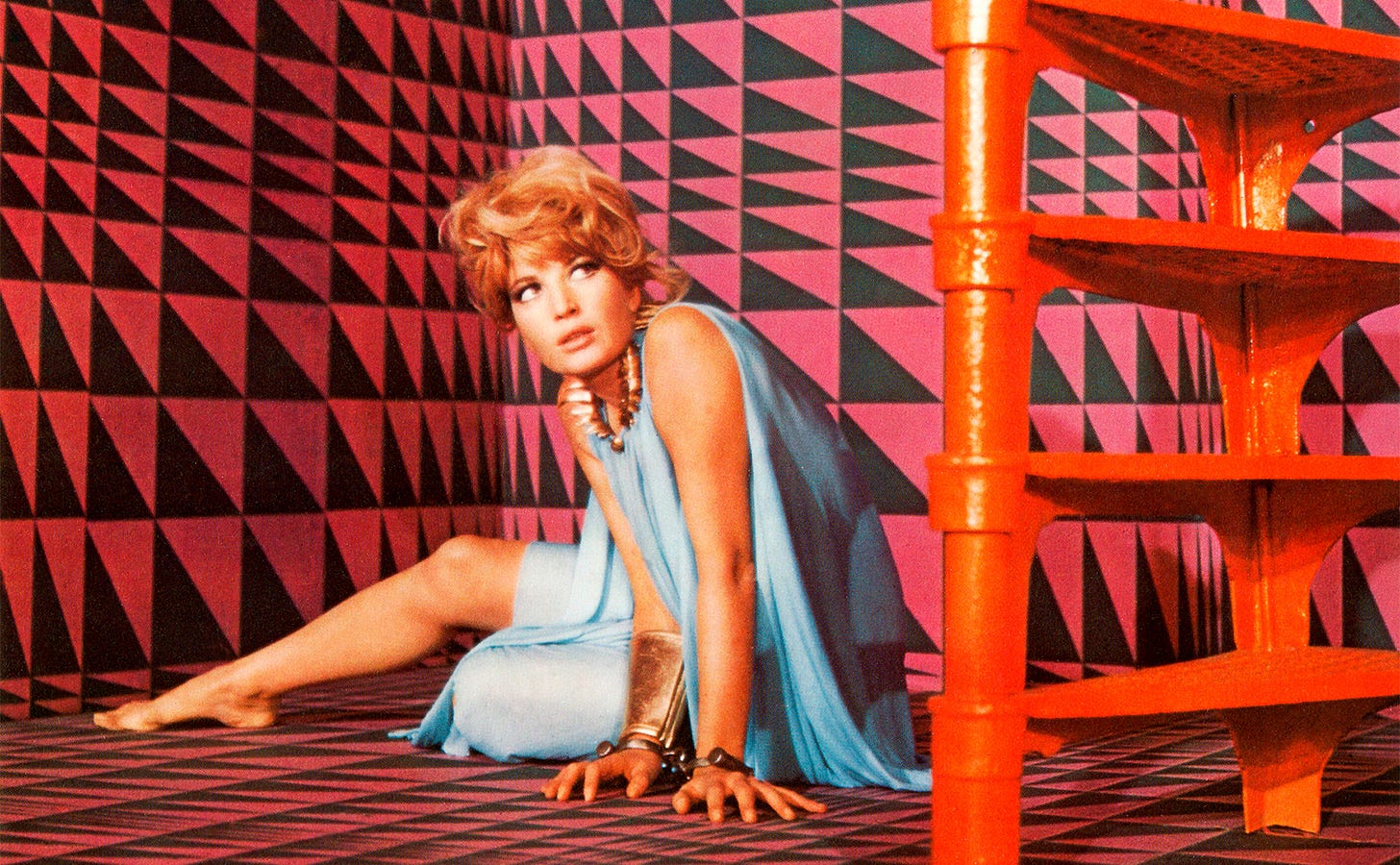


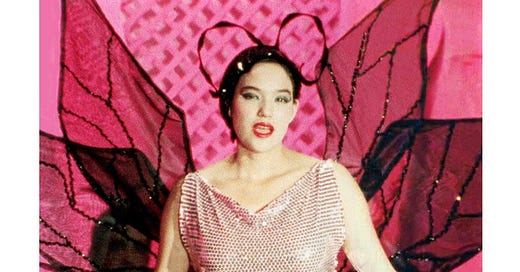



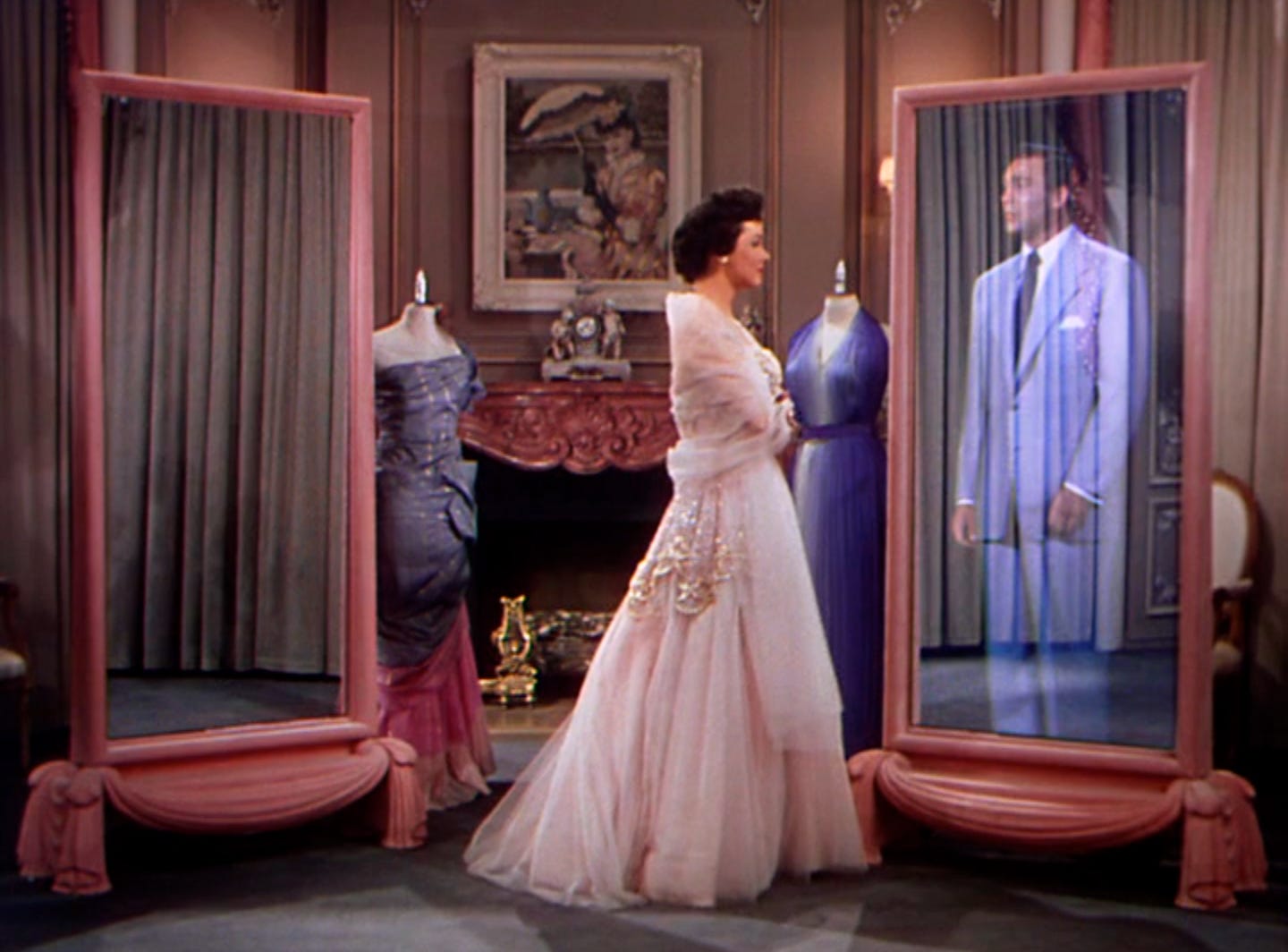
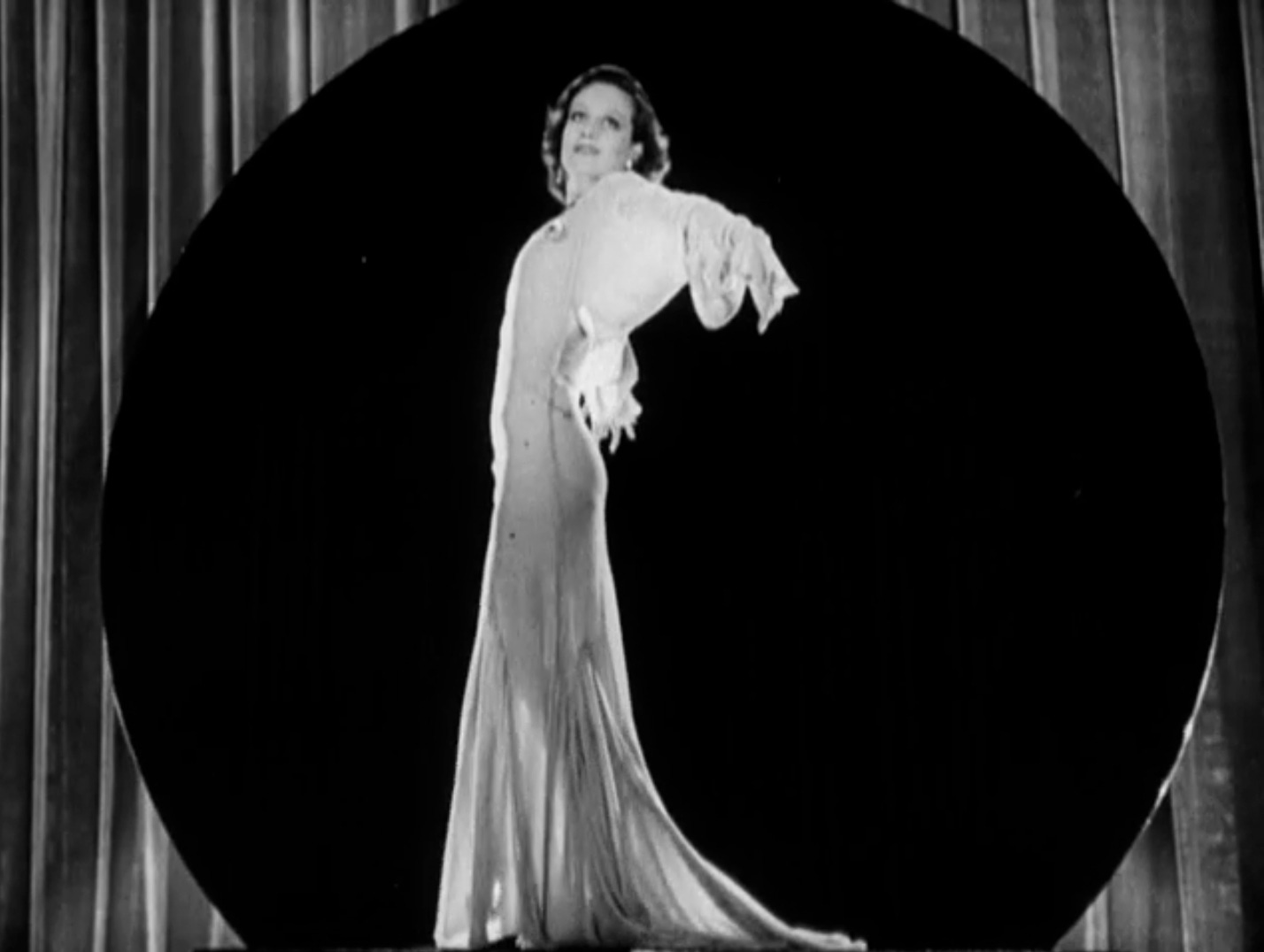
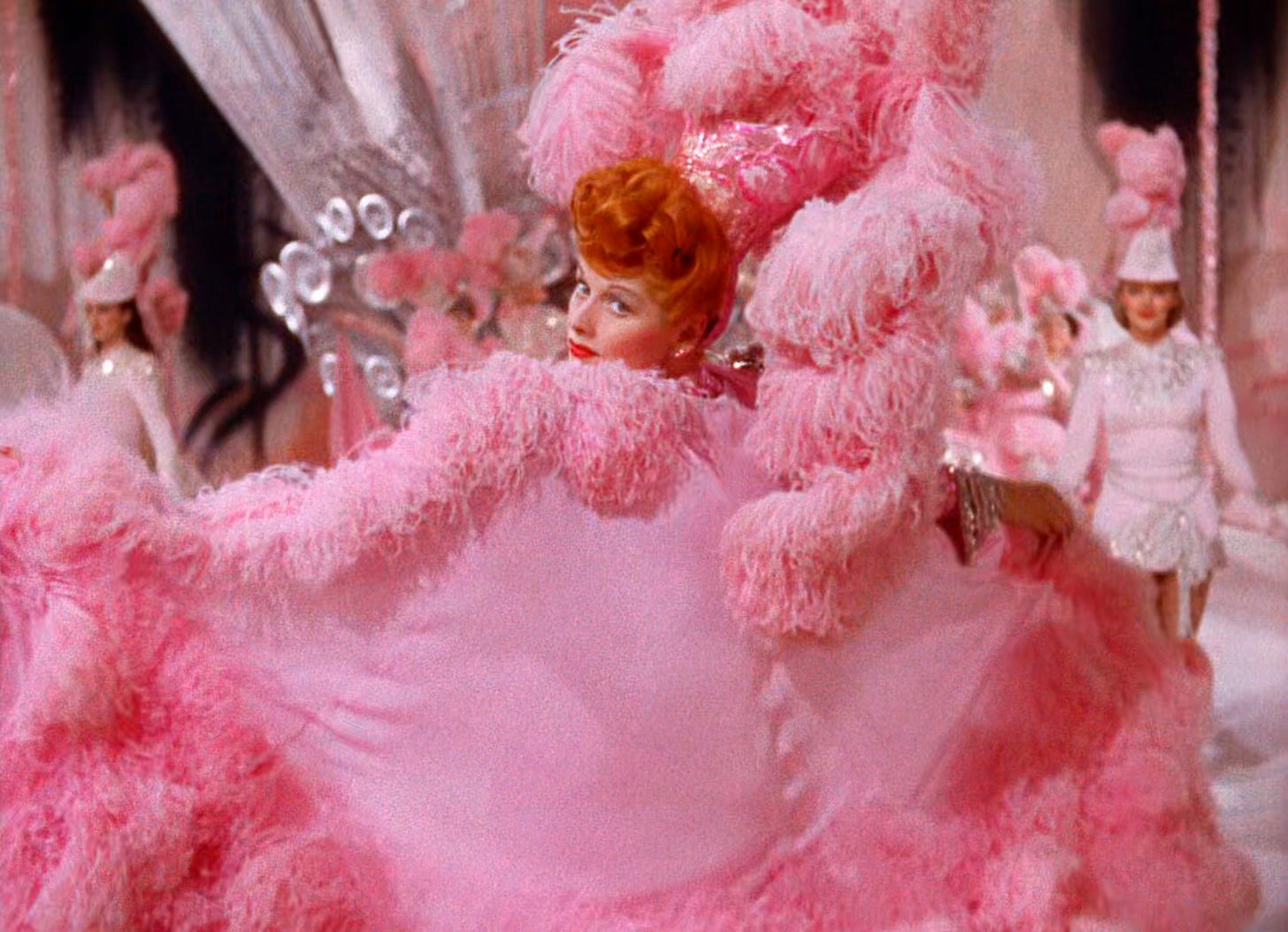
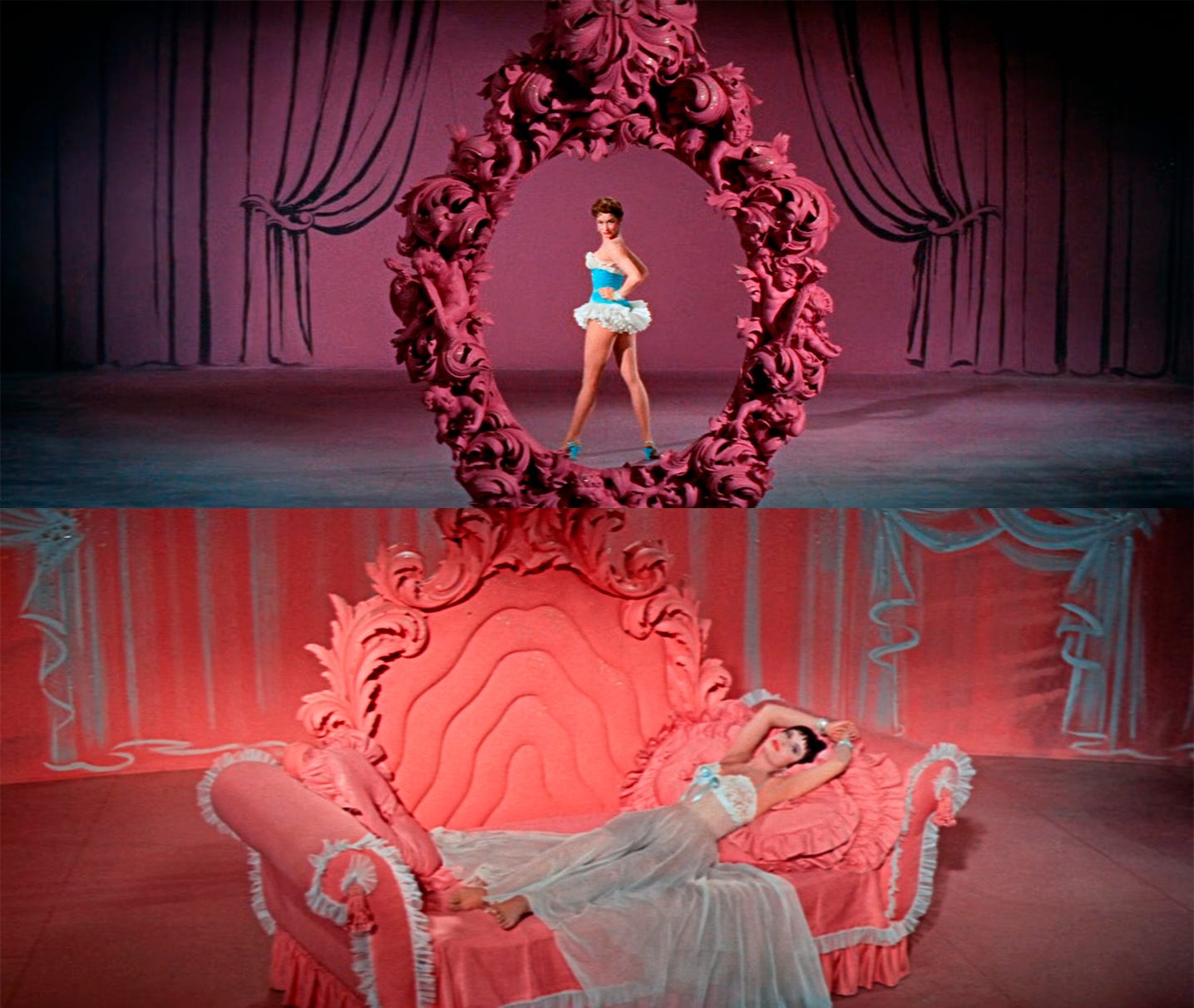

"Style IS substance" ... Music to my ears! Thank you, Ms Stunwyck, for the insightful (& delightful) tract!